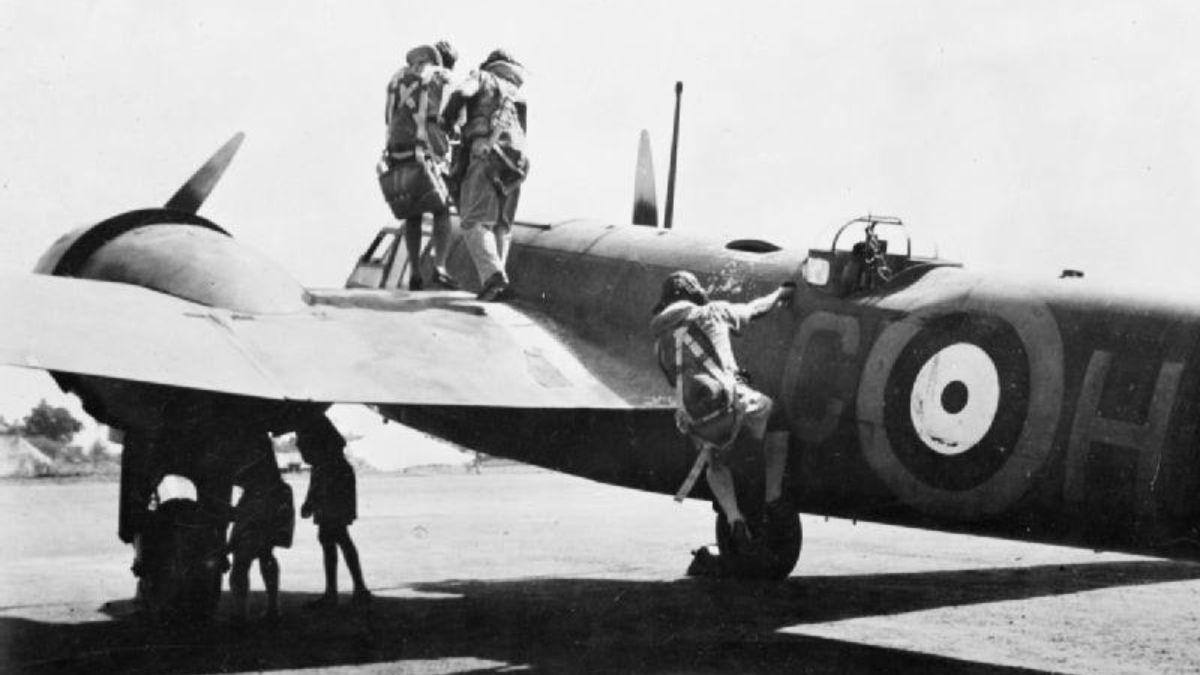The sky was no longer the limit for India as the country established the Indian Air Force on October 8, 1932. The Indian Aviation Corps was established under the British Empire with a small fleet of aircraft. This went on to form the third wing of the Indian Armed Forces, which continues to protect the Indian skies from any threats.
If you are a history geek who loves to learn about important events from the past, Firstpost Explainers’ ongoing series, History Today will be your one-stop destination to explore key events.
On this day in 1871, a fire broke out at a barn in Chicago, which later came to be known as the Great Chicago Fire. It went on for two days, killing nearly 300 people and causing damage worth $200 million. This was one of the worst urban disasters in the history of America.
Here is all that happened on this day.
The Indian Air Force was established
One of the most important wings of the Indian Armed Forces was established on October 8, 1932. It was the Indian Air Force, then known as the Indian Aviation Corps. The purpose of the corps was to provide air support to the Indian Army.
Just months after the IAF’s formation, its operational history began on April 1, 1933. The core of the future No. 1 Squadron was established as “A” Flight at Drigh Road, Karachi, where six Royal Air Force-trained officers and 19 Havai Sepoys flew the four Westland Wapiti IIA biplanes. Officers were trained in India and abroad, particularly in the United Kingdom, laying the foundation for a professional and disciplined air force.
The growing importance of air power in modern warfare during World War II led to the redesigning of the Indian Aviation Corps as the Royal Indian Air Force (RIAF) in 1945. Crucially, during World War II, the RIAF simultaneously provided essential support to the British Indian Army and fielded squadrons to aid Allied forces fighting in Europe, Africa, and West Asia.
Impact Shorts
More ShortsPost-independence in 1947, the IAF expanded rapidly while participating in critical conflicts, including the First Kashmir War (1947-48), the 1962 Sino-Indian War , the 1965 and 1971 Indo-Pakistani Wars, and later operations like Operation Meghdoot and Operation Safed Sagar during the Kargil conflict.
Today, the IAF is one of the largest and most advanced air forces in the world, boasting fighter jets, transport aircraft, helicopters, and unmanned aerial vehicles. Its primary mission is to secure Indian airspace, provide strategic reconnaissance, and support ground operations. Beyond military operations, the IAF contributes to disaster relief, humanitarian missions, and international peacekeeping efforts.
The Great Chicago fire
One of the most devastating urban disasters in American history was the Great Chicago Fire, which began at a small barn on the city’s southwest side in the evening of October 8, 1871. Legend has it that the blaze started when a cow kicked over a lantern at the barn of Patrick and Catherine O’Leary, though the exact cause remains disputed.
Fuelled by strong winds, wooden buildings, dry conditions, and flammable materials stored throughout the city, the fire spread rapidly, overwhelming early firefighting efforts.
The inferno raged for nearly two full days, consuming an area of over 3.3 square miles. Iconic landmarks, businesses, churches, and homes were reduced to ashes. By the time the flames were extinguished on October 10, much of central Chicago lay in ruins. An estimated 300 people lost their lives, while over 100,000 residents, nearly a third of the city’s population, were left homeless.
The disaster revealed weaknesses in Chicago’s infrastructure, including inadequate firefighting equipment, poorly planned streets, and the overuse of wood in construction. Yet, it also paved the way for remarkable resilience and innovation. The rebuilding process was swift and ambitious. Architects and engineers embraced steel-frame construction and fire-resistant materials, laying the foundation for Chicago’s future as the birthplace of the modern skyscraper.
Relief poured in from across the United States and abroad, with donations of money, food, and supplies aiding the city’s recovery. Within a decade, Chicago had not only been rebuilt but had emerged stronger, rapidly becoming a hub of commerce, industry, and architecture.
This Day, That Year
In 2005, nearly 79,000 people were killed when an earthquake struck Pok and other regions of Pakistan.
On this day in 1970, Aleksandr Isayevich Solzhenitsyn was awarded the Nobel Prize for Literature.
Che Guevara was captured by the Bolivian army on this day in 1967.
With inputs from agencies
)